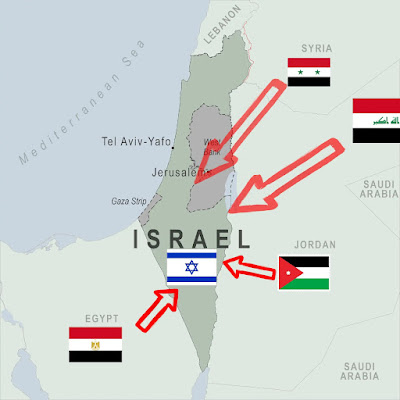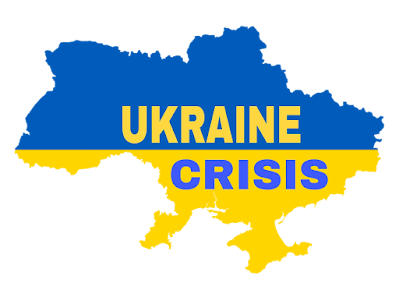New Delhi. Naval Investiture Ceremony to felicitate naval personnel who have demonstrated leadership, professional achievements and distinguished service of high order was conducted at INS India, New Delhi on October 14. Admiral Karambir Singh, Chief of the Naval Staff, conferred the Distinguished Service Awards announced on the Republic Day this year to the recipients. Eight medals which included one Yudh Seva Medal, one Nao Sena Medal (Devotion to Duty) and six Vishisht Seva Medal (long meritorious service) were awarded.

The event is traditionally conducted as a ceremonial parade centrally for all awardees of the Indian Navy. However, in view of the prevailing pandemic, the Naval Investiture Ceremony is being conducted locally by each Command of the Navy. The award ceremony was witnessed by a limited number of senior dignitaries of the Indian Navy and the spouses of the awardees. All social distancing norms and COVID 19 protocol were adhered to during the ceremony. Though simple, the event was conducted in a manner to make it memorable to the awardees.
 New Delhi. On October 12, the 7th round of Senior Commanders meeting of India and China was held in Chushul. The two sides had a sincere, in-depth and constructive exchange of views on disengagement along the Line of Actual Control in the Western Sector of India-China border areas. They were of the view that these discussions were positive, constructive and had enhanced understanding of each other’s positions.
New Delhi. On October 12, the 7th round of Senior Commanders meeting of India and China was held in Chushul. The two sides had a sincere, in-depth and constructive exchange of views on disengagement along the Line of Actual Control in the Western Sector of India-China border areas. They were of the view that these discussions were positive, constructive and had enhanced understanding of each other’s positions.



 Under the contract, Boeing will support individual contracts based on operational performance requirements. The first phase includes the delivery and supply chain management of Honeywell proprietary parts licensed exclusively to Boeing and is valued at $39 million.
Under the contract, Boeing will support individual contracts based on operational performance requirements. The first phase includes the delivery and supply chain management of Honeywell proprietary parts licensed exclusively to Boeing and is valued at $39 million.


